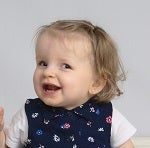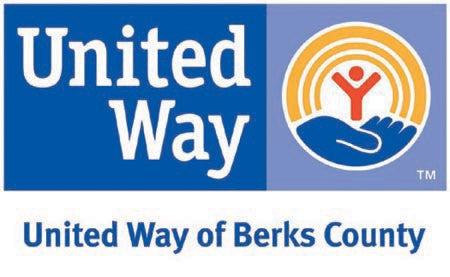
Holiday Tips
From Easterseals Board Certified Behavior Analysts
Family visits, wonderful smells in the air, decorations around the home, laughs as another video is being recorded, everyone home and constant photos being snapped. The excitement in the air is so thick it can be sliced. Although many people look forward to the holidays, the stress that comes with it can be a source of anxiety for some. This stress can be multiplied in a home with a child with a disability.
Prepare now for less stress later
Get some hard stuff out of the way: try to get some of the must-do appointments, therapies, meetings and consultations done in October and November. Try to reduce these items in your schedule as much as possible between Thanksgiving and the end of the year.
Put your blinders on: make a commitment not to compare what you are doing with what other families are doing. Stay focused on what your family needs without worrying about living up to someone else’s expectations or keeping up with what everyone else is doing.
Be open to change: evaluate what didn’t work last year and don’t repeat it this year. You may need to try a new holiday tradition and let go of something that just doesn’t work. Create a plan now for what you want your Christmas to look like.
Make it known: you are in control of your journey. Tell friends and family early if Thanksgiving or Christmas isn’t going to work for you as proposed or if you have another plan. Don’t be afraid to tell everyone what you need, even if it rocks the boat. Give others ideas on how they can contribute to your holiday plan, and how they can include you and your child comfortably.
Useful tips and strategies
Children with certain disabilities, such as autism, thrive with predictable routines. The holidays tend to interrupt set routines and remove environmental cues children may use to help them understand the world around them. Imagine driving a car and using traffic signs and lights to understand where you are and where you are going, then suddenly all the signs are changed. You may feel confused, lost and upset. This is what the holidays can feel like for children who thrive on predictable routines.
How can you help a child navigate the holiday commotion without feeling confused, lost and upset? First, take a moment to think about the setting and context. Think about your child's routine and what aspects of that routine help them thrive. What are the factors that create your child's behaviors? Can you preserve some of these factors to reflect the child's regular routine?
One strategy that may help your child navigate the holidays with success is the use of a visual schedule, a graphic representation of the sequence of upcoming activities or events using objects, photographs, icons or words. Consider creating a day-by-day schedule not only showing special activities that will occur, but also the routine activities the child is used to. Include pictures of family members who will be visiting or places you will go to provide visual cues. Some additional techniques to try include showing your child pictures or videos of previous holidays to help create familiarity with upcoming holiday activities and designating a ‘safe space’ where the child can seek out quiet time if things become too much to handle.
Keeping a daily journal may help you identify routines in your child's life that are successful and routines that continue to pose challenges. This way, you can appropriately and effectively identify patterns that can be employed to help support your child during the holidays.
Setting up a toy rotation is another helpful strategy for children with autism. Studies have shown that children play better, more functionally and more appropriately when there are less toys available. To create a toy rotation, start by gathering all the toys in your home in one place and then sort them into groups by themes (i.e. sensory items, imaginative play, dress up, vehicles, puzzles, etc.). Select one toy from each group and place them together in a bin or box. Create a rotation by allowing your child to play with the contents of one box at a time, storing the other boxes away for future use. When one box is swapped for another, your child will be excited to have new toys to play with. Finally, if your child gets too many toys as holiday gifts, let them open and play with a few of their favorites right away, but leave others in their packaging and put them away for later. You can add them to your toy rotation boxes, bring them out to reinforce great behavior or use them for on-demand motivation.
Gift Guide
We offer tips for selecting a gift and a list of ideas on this page.
ABA Coaching Services
Easterseals Eastern Pennsylvania is devoted to helping improve the lives of children with disabilities and their families. For parents of children with autism, Easterseals offers one-on-one coaching in the use of ABA techniques with a Board-Certified Behavior Analyst (BCBA) at no cost to families. During the course of the program, parents learn about Applied Behavioral Analysis, which breaks down all behavior into three parts: antecedent, behavior and consequence. Parents are taught how to analyze their child’s behavior in this way and employ strategic techniques and interventions to improve communication and social interactions, develop new skills, increase appropriate behaviors and decrease inappropriate behaviors. Visit the ABA Coaching Services webpage for more information.



